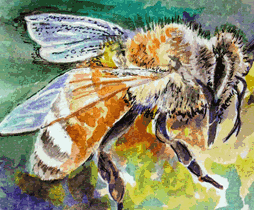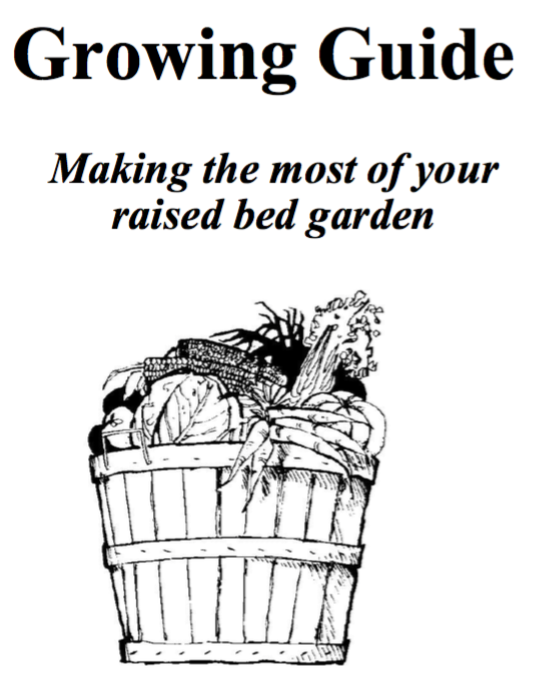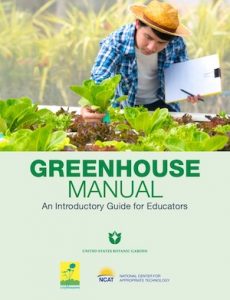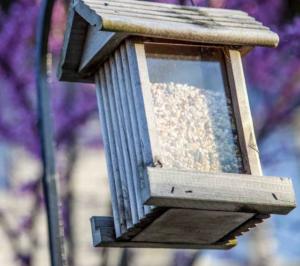
This guide explains the basics of a pollinator garden, including what kinds of flowers to consider planting and other features that will attract impohttps://www.avasflowers.net/how-to-create-the-ultimate-bee-gardenrtant pollinators such as bees and butterflies. View Resource»
 This guide from Grow It Forward contains specific information on how to plant and grow a variety of vegetables that are well adapted to our climate, including information on where to place the raised beds, planning which crops to plant and when to plant them, watering, caring for the soil and getting rid of pests.
This guide from Grow It Forward contains specific information on how to plant and grow a variety of vegetables that are well adapted to our climate, including information on where to place the raised beds, planning which crops to plant and when to plant them, watering, caring for the soil and getting rid of pests. 


